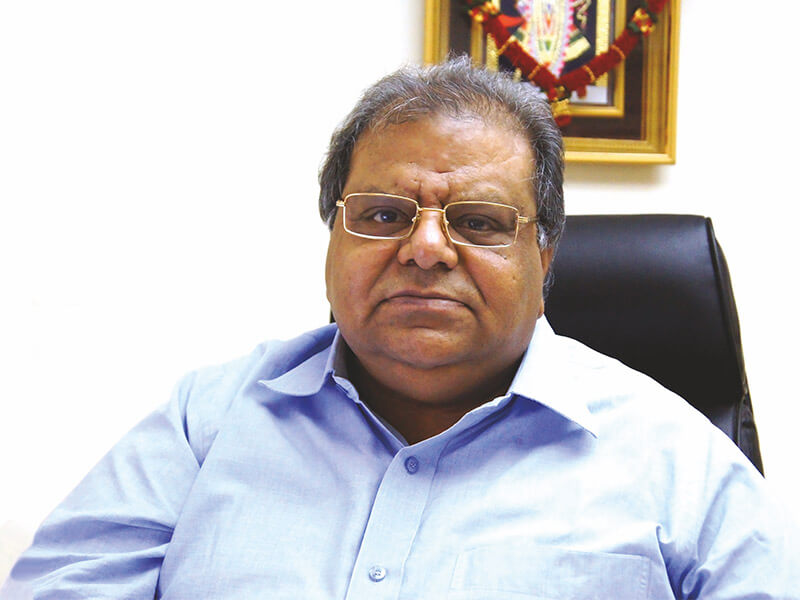
Nowadays a lot of paper & paperboard production capacities globally are being setup based on recycled fibre hence it has become the most crucial component for the paper industry. Its availability now and then is an issue in developed countries especially in India. In order to get the glimpse of the real picture with regard to the waste paper scenario in India, what would be the future and how to channelize the waste paper management, team Paper Mart interacted with Mr. Anil Birla, Managing Director, Seascope Pulp & Papers Pvt Ltd. Excerpts
Paper Mart: You were one of the initial ones to begin operations in indenting of waste paper. Kindly share the evolution of waste paper in India?
Anil Birla: Since I started in the early 80’s, the scenario of waste paper imports has been continuously evolving in terms of buying patterns and adaptation to price volatility. However, the Indian market for imported waste paper hasn’t seen the same level of development as compared to some of the more mature markets such as China, South Korea and Indonesia, especially in terms of consistency in buying and quality tolerance. Having said that, India is now the 2nd largest waste paper importer after China. In the coming years, domestic waste paper is expected to play a greater role than imports, with the exception of grades like OCC (old corrugated containers) & NDLKC (new double-lined kraft cuttings) from USA, which would always be in demand for their virgin fibre content.
PM: By 2020, India will cross 20 million tonnes of paper production. What will be the waste paper scenario by then and its share in the total production?
AB: I expect that the share of recycled paper production (including board, tissue and newsprint) will increase up to 40% and might rise to 50% even, as the raw material supply for wood-based and agro-based mills may have reached to a saturation point. That is, unless government changes current policy of not providing wasteland for commercial plantations. The rest of the pie would be shared by wood and agro supplies, depending on the location and production systems. The global waste paper scenario will largely depend on macro-economic conditions. We find that the downturn since 2008 has actually led to lower generation of waste paper particularly in developed countries. This is in contrast to the increase in demand for waste paper in developing economies.
PM: Availability of waste paper within India is very fringe as compared to other countries. What are the areas where mills can improvise on the collection regime at their end?
AB: Availability of waste paper within India may have been low in the past, but we are already seeing the collection rates going up in the last few years. This is of course largely on the back of improved prices and the trend is expected to continue. Though there is no official data available on domestic waste paper collections, I would estimate the current rate of collection to be in the tune of 30% pan-India. In another 5 years, this could well be nudging to 40%.
PM: Waste management is gaining momentum all across. What kind of policy does India need to ensure sustainable supply of quality waste paper for its future requirements?
AB: There is definitely a need for legislation which will put waste management programmes on the fast track. It is also very important to make them viable propositions by offering government support in terms of policy and funding. Households, offices and other commercial establishments need to be mandated to segregate their waste, this means, have dry recyclables kept separately from other waste, which is already an established practice in many countries worldwide. At the same time, the government needs to increase awareness and inculcate environmental consciousness in respect of disposal of waste at all levels including schools and colleges. Other than this, educating the masses and guiding them about simple practices such as not using non-food grade paper such as newspapers and office paper for the storage and consumption of food items can go a long way in improving the quantity and quality of waste paper collections in India.



